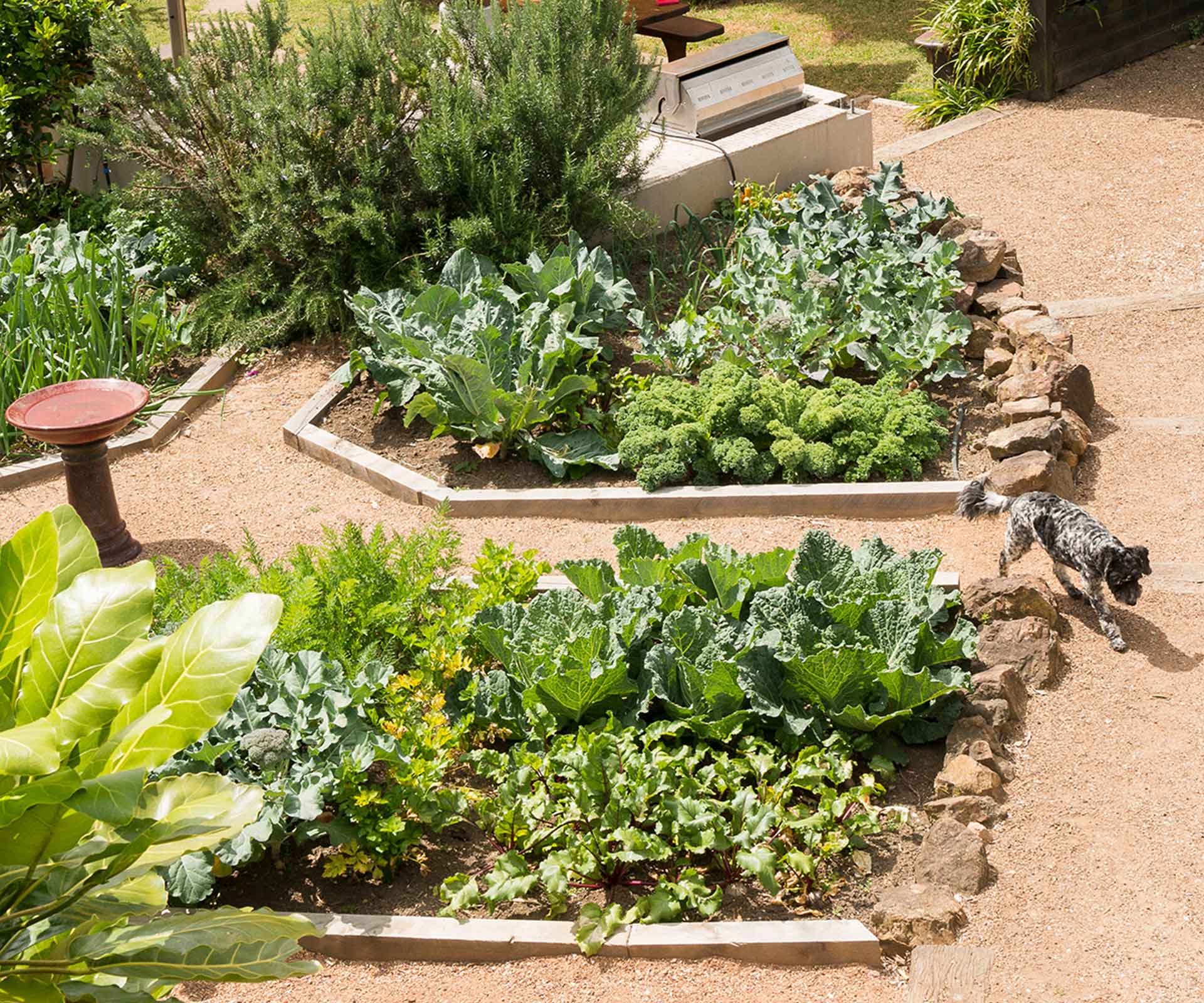It’s easy to get busy in the garden this August. Our practical tips and helpful hacks will make you a green thumbed gardener in no time
Plant
+ Plant globe artichokes or divide existing plants and replant in well-fertilised soil. These gorgeous, silver-leaved perennial vegetables need plenty of space so don’t plant them too near other crops.
+ Watercress can easily be grown from pieces you have bought from the vege shop. You don’t need a creek in the backyard; a bucket of waterlogged planting mix will do nicely.
+ If you live in warmer areas get those early potatoes in or at least start the sprouting process. In colder places you may need to protect plants from frost. Recommended early starters include Jersey Bennes, Agria and Ilam Hardy. Always choose certified seed potatoes, guaranteed to be virus and pest free.
+ Plant fruit trees (deciduous only in colder areas) and berry plants including strawberries.
+ Plant chive seedlings in pots or directly into the garden if it’s not too frosty in your area. Chives are a versatile vege useful in salads, omelettes and virtually any style of cooking. Although the pink flowers are pretty, it’s better to cut them off to encourage plants to produce more leaves. Now is also a good time to plant shallots, spring onions and onions.
Harvest
+ Pick silverbeet regularly to encourage more leaves to develop. The large outer leaves can be bitter so use those for soups and stews. Silverbeet is a stalwart of the traditional Kiwi vege garden, deservedly so as it’s highly nutritious and easy to grow. But if your lot are not so keen, consider surreptitiously adding it to pizza, pies and lasagne.
+ When preparing freshly picked broccoli, spinach and other green veges it can be easy to miss tiny snails and caterpillars. A good trick to ensure no creepy crawlies invade your dinner plate is to wash your greens in cold, salted water before cooking.
+It’s a shame to see citrus trees laden with unpicked fruit when so many people could benefit from that vitamin C. If you can’t eat all your grapefruit, mandarins and lemons, rather than let them go to waste, think about dropping some off to the local school, rest home, kindergarten or homeless shelter. Your neighbours might also appreciate some.
Sow
+ Rocket is an indispensable green for the winter garden. Its peppery flavour will add interest (and a big dollop of nutrition) to salads, casseroles, sauces etc. Don’t forget that the flowers and seed are edible too. Easy to grow, sow rocket in the garden or in pots if soil is wet, heavy and cold.
+ If your garden is warm and sheltered sow silverbeet for a continual supply right through to spring when you can expand your range of leafy greens. Sow seed 2cm deep into the garden or in punnets for planting out when seedlings are established (particularly in colder areas).
+ South Americans and those in the Deep South of the US love collards, but they’re not grown much here. They should be as they are said to have unique cholesterol-lowering and anti-colon cancer properties. Sow now for a spring harvest, either into the ground or into trays of seed-raising mix for planting out later. Cook as for kale.
+ Not all of us like to grow veges in winter but rather than let vege beds fill with weeds, sow a green manure crop which can then be dug into the soil in spring. Green manure crops not only keep weeds at bay, they help restore nutrients to over-worked soil and act as a mulch in cold areas when they die down after frosts. Common crops are legumes, mustards, lupins, barley and oats. Kings Green Manure mix combines peas, oats and lupins.
+ For those who like to experiment try direct-sowing black radish. Not as peppery as summer radishes, this Spanish variety has a black skin and white succulent flesh that’s lovely in soups, stews or salads. It matures in 60 days.
+ Swedes are a much underrated root vege. Sow in rows 38-45cm apart from now until weather warms up, in a sunny spot. When large enough to handle, thin out seedlings to 25cm apart.
TIP: Not enough space for a tree? Try spring-flowering shrubs like azaleas, choisya, dwarf bottlebrush, grevillea, hebe, roses, lavender, rosemary and viburnum.
Words by: Carol Bucknell. Photography by: Helen Bankers and Alexander Raths/123rf.
EXPERT PROJECTS

Create the home of your dreams with Shop Your Home and Garden
SHOP NOW













